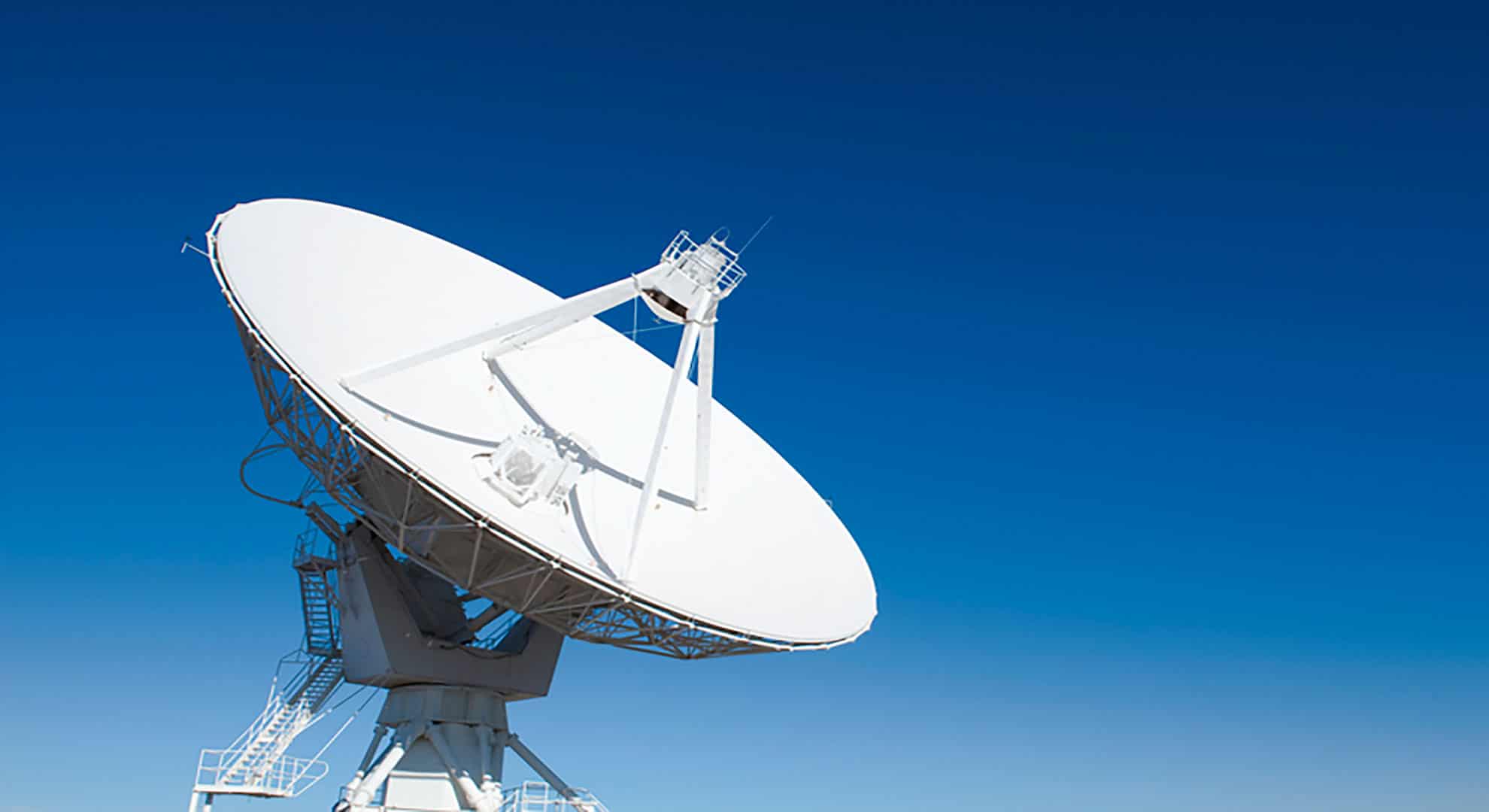
13 Nov Hispasat boosts the 5G ecosystem by joining 3GPP
The global technological landscape tends to favour integration and standardisation. For all the countries on the planet, solid and secure connectivity, capable of responding to a growing and ever more demanding audience, is the essential backbone of their future economic development. That’s why the 5G ecosystem and its proper articulation is so important today.
Hispasat, one of lyntia’s main partners on the VSAT satellite network, recently took an important step forwards by joining efforts to develop 5G technology. And they have done so by joining the Third Generation Partnership Project (3GPP).
This global group includes seven major telecommunications organisations responsible for connectivity standards within mobile technology, which began with 3G back in the late nineties, continued with 4G, and is now setting itself the goal of making 5G available to all as the global connectivity standard of the near future.
Progress towards the roll-out and expansion of 5G
The reason behind Hispasat’s involvement in 3GPP is to work to ensure satellite has a prominent role when it comes to bringing 5G to any location on the planet and, as a result, making this technology available to any user, regardless of their geographic location or the terrestrial infrastructure already in place or in the pipeline.
Leaders at Hispasat are keenly aware just how ambitious this 5G connectivity target may be and warn that, in order to achieve it, combined use of terrestrial, fixed and satellite technologies will be necessary. Furthermore, the integration and implementation of these technologies cannot be seen as singular efforts or actions. Total integration will be vital – which needs to be developed progressively – alongside combined use that will guarantee an adequate response, depending on the needs of every moment and situation in terms of coverage and capacity.
A more powerful and effective 5G network through collaboration
lyntia’s partner in VSAT technology is certain that good order and coordination are vital for properly rolling out the 5G network. The 5G ecosystem needs to be made up of various ‘layers’ that complement one another and can make the most of the strengths of each of the technologies (terrestrial, satellite and fixed) for their full commercial roll-out.
And the role of satellite in this combination is crucial. Hispasat’s Innovation Manager, José Luis Serrano, confirms that “we have to make sure that every application of 5G works on the most appropriate technological platform. Both in terms of technical requirements and cost effectiveness in every situation. Not doing so would lead to economic resources being squandered and unnecessarily complex architecture”.
Breaking down barriers with Satellite Internet
At lyntia, we’ve been working hard on implementing the necessary infrastructure for years now so that geographic and orographic obstacles no longer stand in the way of fast and efficient Internet connections, as well as corporate networks for our strategic partners. When we need to go where no one else does, whether to wind farms up in the mountains, hydrographic basins, hydroelectric power stations in rivers… we have wide enough satellite coverage through the main international satellites we work with, including Hispasat, to succeed.
Furthermore, we offer customised solutions based on the real needs of our customers, including optimisation, design, configuration and prioritisation of applications and services based on use of certain protocols for data, voice and video traffic.
lyntia’s satellite network makes it possible to complement fibre coverage through our own various satellite platforms and roaming agreements with third parties.

